Theoretical knowledge of hand-brewing Coffee detailed explanation of the process of one-knife flow, three-knife flow and cross mixing method
Following a mature brewing method can make good coffee, but coffee players often like to "play" some new tricks and develop interesting ways to play in the accumulation of many failed experiences. (note: the "play" here also needs to be based on the cooking logic, not blind. )
Remember the brewing parameters shared in front of the street that affect the flavor of coffee? They are powder-water ratio, grinding degree, water temperature and technique. These parameters are coordinated with each other to show the coffee flavor, and changing one parameter will directly affect the final flavor, which can be said to affect the whole body.
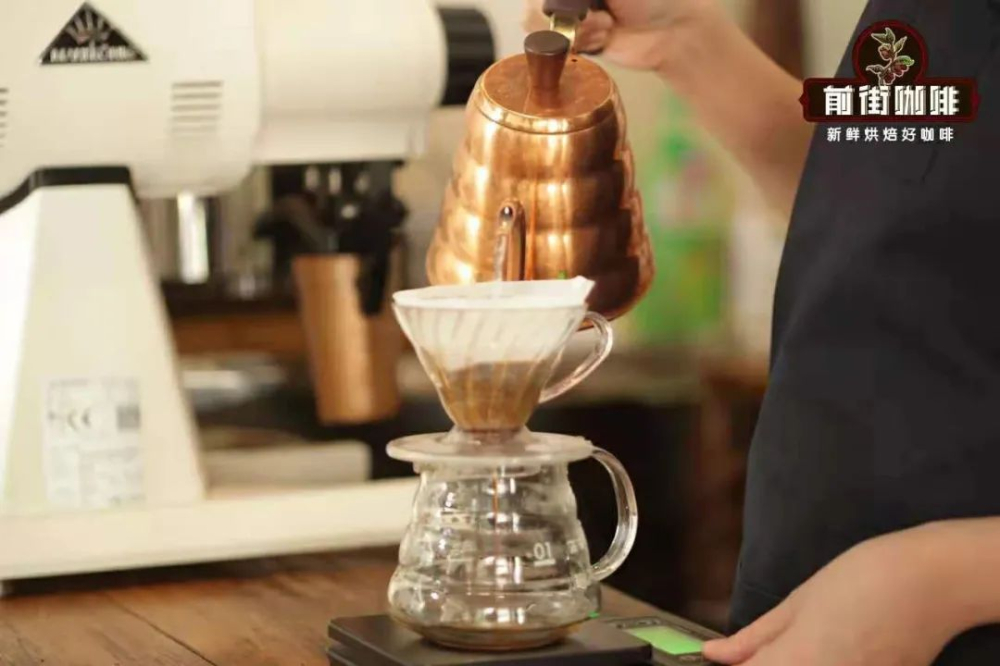
Like the common hand flushing method, the powder-to-water ratio is controlled at 1:15 to 1PAR 16; the degree of grinding is also controlled at a little finer than that measured by the cup, that is, we often say that the No. 20 screen is sifted at 75-80%; the water temperature is controlled at 90-93 degrees (shallow baking) and 86-89 degrees (deep baking); the common techniques are one-knife flow, three-knife flow, three-stage flow, and so on, all of which are characterized by the need for steaming and reinjection. Obviously, these mature data can make it easier for people to flush out the delicious flavor of coffee. But it does not mean that other parameter data can not make characteristic coffee. It is natural to need steaming at this stage when flushing, and a filter cup called "Infinity" by Hario claims in the manual that it does not need to be steamed, but only needs to fill up all the water at once to get good coffee. Was it incredible (absurd) when I first heard it? Qianjie through 15g powder, powder to water ratio at 1:15, grinding degree for 20 sieve through 80%, water temperature 91 degrees Celsius to cook Ethiopia Arsi (shallow baking). One-time water injection was used, and the water injection was completed in 42 seconds, and the time for coffee drip filtration was two and a half minutes. A cup of coffee with a concentration of 1.19% and an extraction rate of 15.66% was obtained.
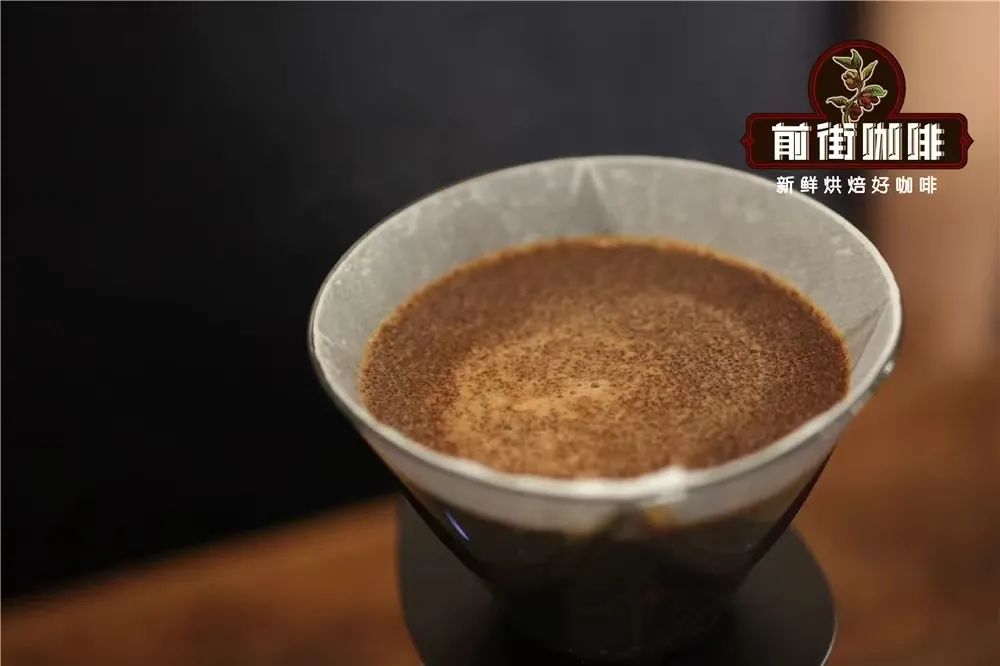
According to the data, the concentration is suitable and the extraction rate is low (the previous cognitive extraction rate is 18-22%). From the taste of the flavor, the overall cleanliness of coffee is very high, very clean, with a hint of flower and fruit aroma. Compared with the general cooking flavor, the flavor is not rich, but the whole is very comfortable. In this way, it is true that the substance of unstuffy steamed coffee is more difficult to extract, but that does not mean it is not delicious. For example, for medium and deep roasted coffee beans, after the extraction rate, the aroma and flavor will also be improved, but the bitterness will also be more obvious.
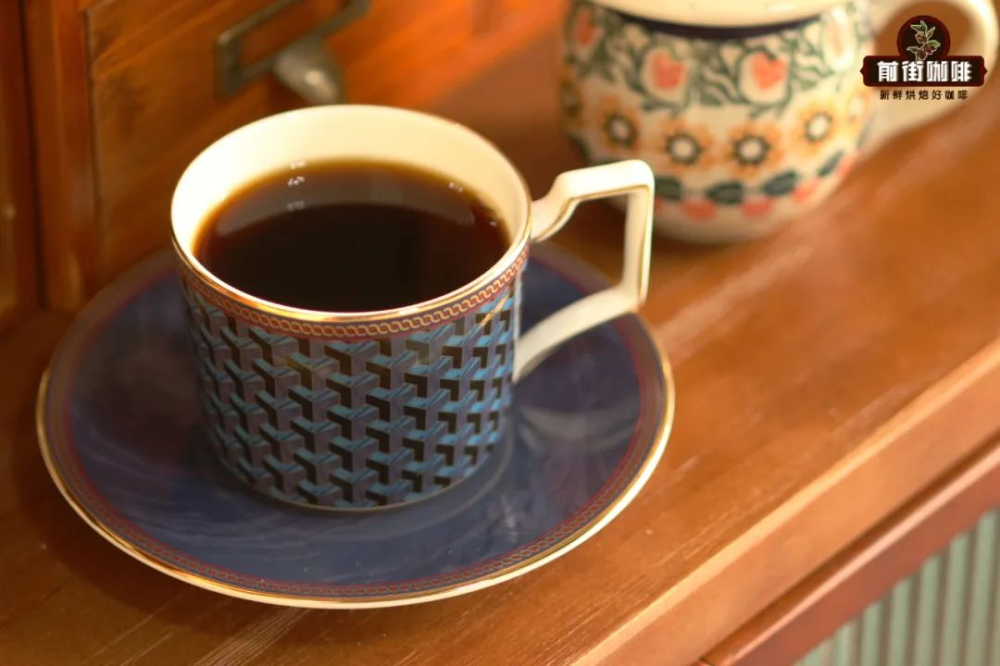
Qianjie shares another way of playing, which is also through non-stuffy steaming and low extraction to show a clean, balanced, smooth and comfortable taste. Of course, suitable for medium and deep roasted coffee beans, the current test shows that moderately roasted coffee beans will work better, such as Colombia's traditional water-washed beans, Costa Rica's traditional honey beans, Papua New Guinea coffee beans, their common feature is low acidity and low bitterness. The Kono filter cup is used in the front street, and the advantage of this filter cup is that it is easier to flush out the strong aroma of coffee. The amount of powder will use 24 grams of powder, this amount of powder is mainly used to match the filter cup, the grinding degree uses 20 sieve pass rate 70%, the water temperature uses 88 degrees, the ratio of powder to liquid is used, 24 grams of powder flushes out 240 milliliters of coffee liquid. Cooking method: in the first stage, water is injected directly around the circle to lift the liquid level to the top of the filter cup, and the water injection flow uses a large flow. At this time, the liquid surface is still large particles of coffee powder on the surface, there is no obvious foam. The characteristic of kono filter cup is that the higher the liquid level is, the more obvious the siphon reaction is.
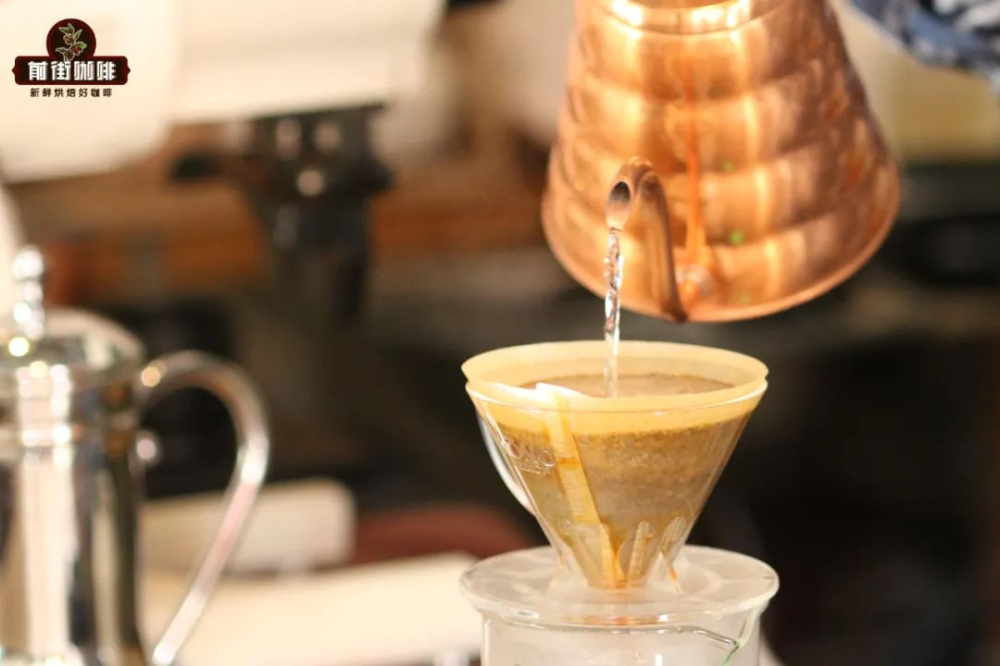
When the liquid level drops in the shape of a bowl, the second stage of water injection begins, and the same large current lifts the liquid level to the original height. At this time, the liquid surface is golden foam. When the liquid level drops again in the shape of a bowl, start the third stage of water injection, the same large flow of water will lift the liquid level to the original height, when the liquid level is light white foam. At this point, just observe that the pot reaches 240 milliliters and the filter cup can be removed. By measurement, the concentration of coffee is 1.3%, which is a moderate and pleasant concentration. It is calculated that the extraction rate is 13.57%, which belongs to a very low extraction rate, which is a proper and serious extraction deficiency according to the gold cup. Don't worry, by tasting, the coffee is very smooth, moderate in concentration, very clean in taste and obvious in caramel. Of course, there are a lot of high games that play with coffee superbly. For example, there is an Amis in Taiwan who is called a "crazy barista." his cross stirring method and some of the brewing logic in shake iced coffee have a certain reference. If you are interested, you can pay attention to it.
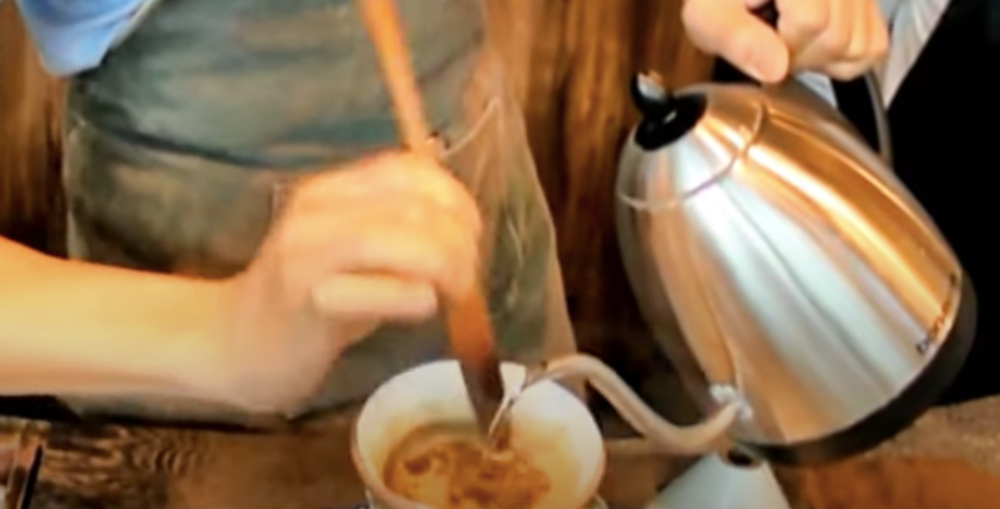
Some seemingly unorthodox cooking methods may not seem like common sense, but how do you know it's not feasible if you don't try it? Finally, I would like to repeat that even if it is "unorthodox", there is a logic of thinking, not a fantasy. This is a clear distinction.
Important Notice :
前街咖啡 FrontStreet Coffee has moved to new addredd:
FrontStreet Coffee Address: 315,Donghua East Road,GuangZhou
Tel:020 38364473
- Prev

Is the skill of making coffee by hand important? Is there any way to learn how to make coffee?
For many beginners, it is very important to make a good cup of coffee. Because for beginners who are new to the coffee pit, it is the barista in the coffee shop who is the easiest to contact and imitate. I still remember that when I first came into contact with hand-made coffee, the lowest learning cost was to "steal a teacher" and go to coffee.
- Next

What kind of coffee beans are good for ice drop coffee? Introduction to the five details of making ice drop coffee
Many friends have the habit of making iced coffee in summer. Among them, iced coffee is loved by many people. Ice drop coffee is made in a very simple way (it takes a long time), but sometimes the details are ignored because of simplicity. The following front street to share some ice drop coffee details that Qianjie thinks are more important! -use th
Related
- Beginners will see the "Coffee pull flower" guide!
- What is the difference between ice blog purified milk and ordinary milk coffee?
- Why is the Philippines the largest producer of crops in Liberia?
- For coffee extraction, should the fine powder be retained?
- How does extracted espresso fill pressed powder? How much strength does it take to press the powder?
- How to make jasmine cold extract coffee? Is the jasmine + latte good?
- Will this little toy really make the coffee taste better? How does Lily Drip affect coffee extraction?
- Will the action of slapping the filter cup also affect coffee extraction?
- What's the difference between powder-to-water ratio and powder-to-liquid ratio?
- What is the Ethiopian local species? What does it have to do with Heirloom native species?

